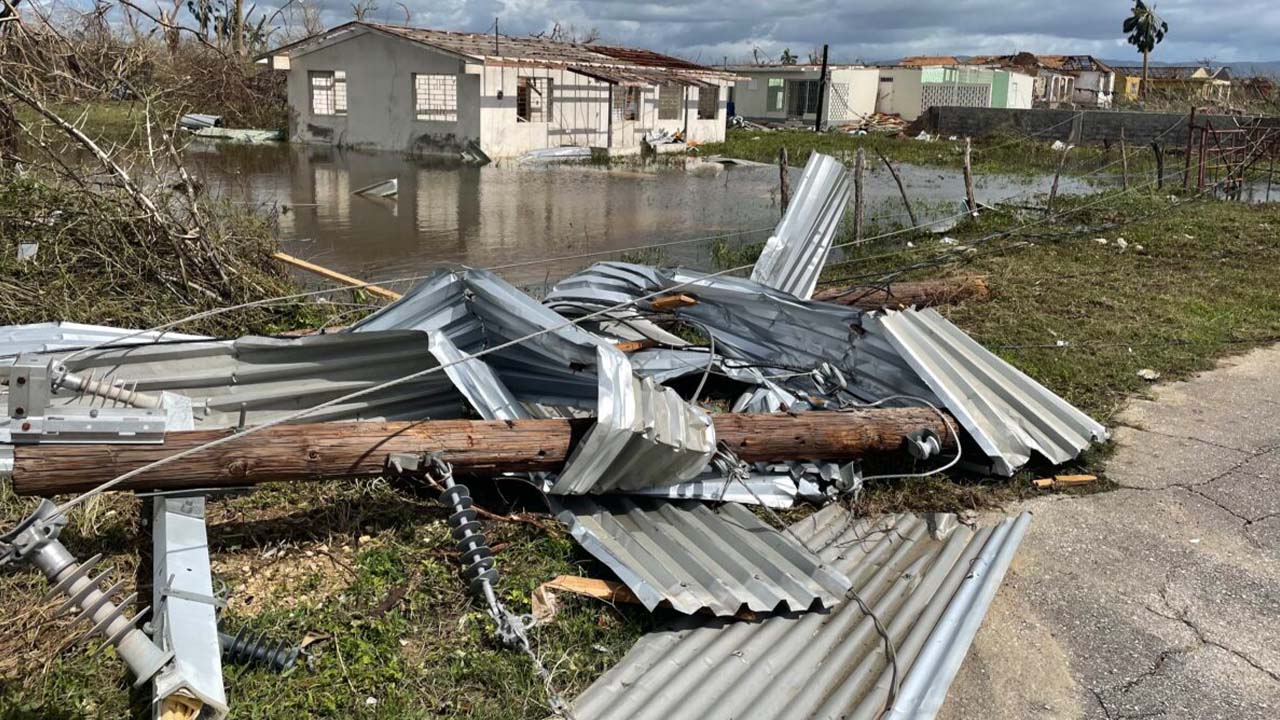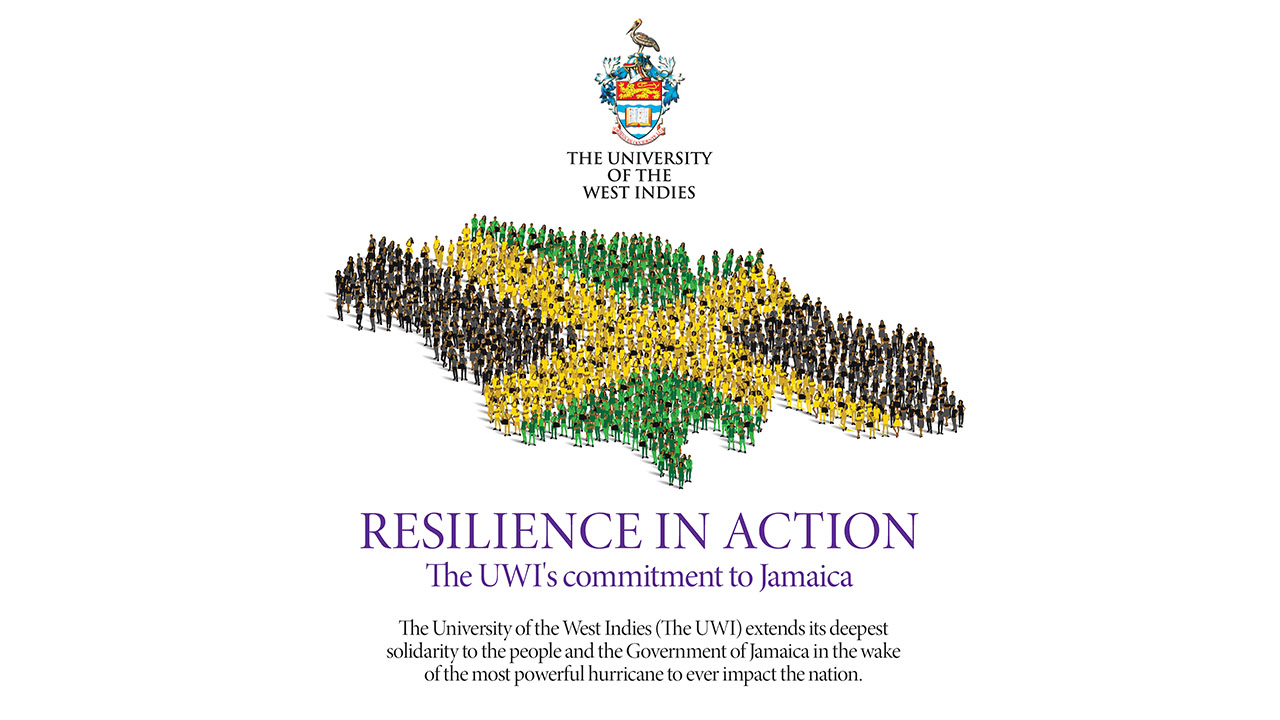
A joint media release by The UWI Global Institute for Climate Smart and Resilient Development (The UWI GICSRD) and the Caribbean Institute for Meteorology and Hydrology (CIMH)
By most indications, it is increasingly likely that an El Niño will emerge in the next few months.
What is El Nino?
El Niño is the term used to refer to warmer than usual ocean surface temperatures near the equator in the Pacific Ocean.
Over the past three years, the Pacific waters have been cooler than average due to an unusually persistent La Niña. However, La Niña ended in March and the ocean temperatures in the Pacific, both at the surface and a few hundred metres below are warming so quickly that many major atmospheric centres globally are not only warning of emerging El Niño conditions but suggesting it may be a ‘significant’ event. The Caribbean must pay attention.
What are the Effects of El Nino?
For years The UWI and CIMH have independently and at times collaboratively researched how El Niño events affect the Caribbean. The research shows that during an El Niño, the Caribbean is prone to be dry, or even ‘very dry’. The 2009-2010 and 2014-2016 droughts, considered two of the most severe to impact the Caribbean in recent memory, occurred during El Niño events.
El Niño events are also associated with a reduced number of hurricanes due to less than conducive conditions for development caused by stronger upper atmospheric winds. Even if the El Niño does not develop, the end of the La Niña means that climate conditions will change from what the region has experienced over the last three years.
To compound the issue, the Caribbean Sea is unusually warm for this time of year. This adds to the uncertainty about if and how regional drought and the hurricane season activity will evolve this year as warm seas around the Caribbean ejects more moisture and heat into the atmosphere.
In addition to contributing to very hot days and nights and more heatwaves, the very warm Caribbean Sea may provide windows of opportunity for a very strong hurricane to develop, notwithstanding El Niño’s dampening effect. For this reason, the region can never let down its guard as it only takes one hurricane or storm to cause immense economic setbacks to an impacted country and sometimes the entire region. Very warm seas also impact coastal marine ecosystems such as coral reefs and seagrass beds, and offshore fisheries may experience disruption of seasonal patterns and uncertain catches. The UWI-CIMH research also shows that the concurrent state of both the Pacific and Atlantic (both warm this year) has a strong impact on how the rainy season will unfold.
What all this means is that Caribbean governments should keep a close eye on global and regional climatic conditions over the next few months and potentially prepare for very dry and very hot conditions, without ruling out the possibility of intense storms or hurricanes.
What are the Actions to be taken?
We urge Caribbean governments, residents and other interests to continue paying close attention to shifts in global climate including the likely emergence of El Niño this year. We also urge them to draw upon the available resources and scientific expertise in the region in understanding the implications for Caribbean societies and in crafting their response.
From May 22-25, 2023 the CIMH will host the annual Caribbean Climate Outlook Forum (CariCOF) in Kingston, Jamaica where collectively meteorologists and regional scientists will develop and present the climate outlook for the next three-months. The 2023 CariCOF will also assess the impact of the forecast on the agriculture and health sectors and for disaster risk reduction. The region is urged to pay close attention to the bulletins emerging from this meeting. The CIMH also produces a monthly Caribbean Drought Bulletin and targeted Climate Services Bulletins for key sectors which are accessible from its website https://rcc.cimh.edu.bb/. The State of the Caribbean Climate Report 2020 produced by The UWI, CIMH and other collaborators, and funded by the Caribbean Development Bank (CDB), should also be consulted for further information on what an El Niño event may mean for the Caribbean. The UWI GICSRD and CIMH will continue to monitor the changing climate conditions and issue additional releases.



